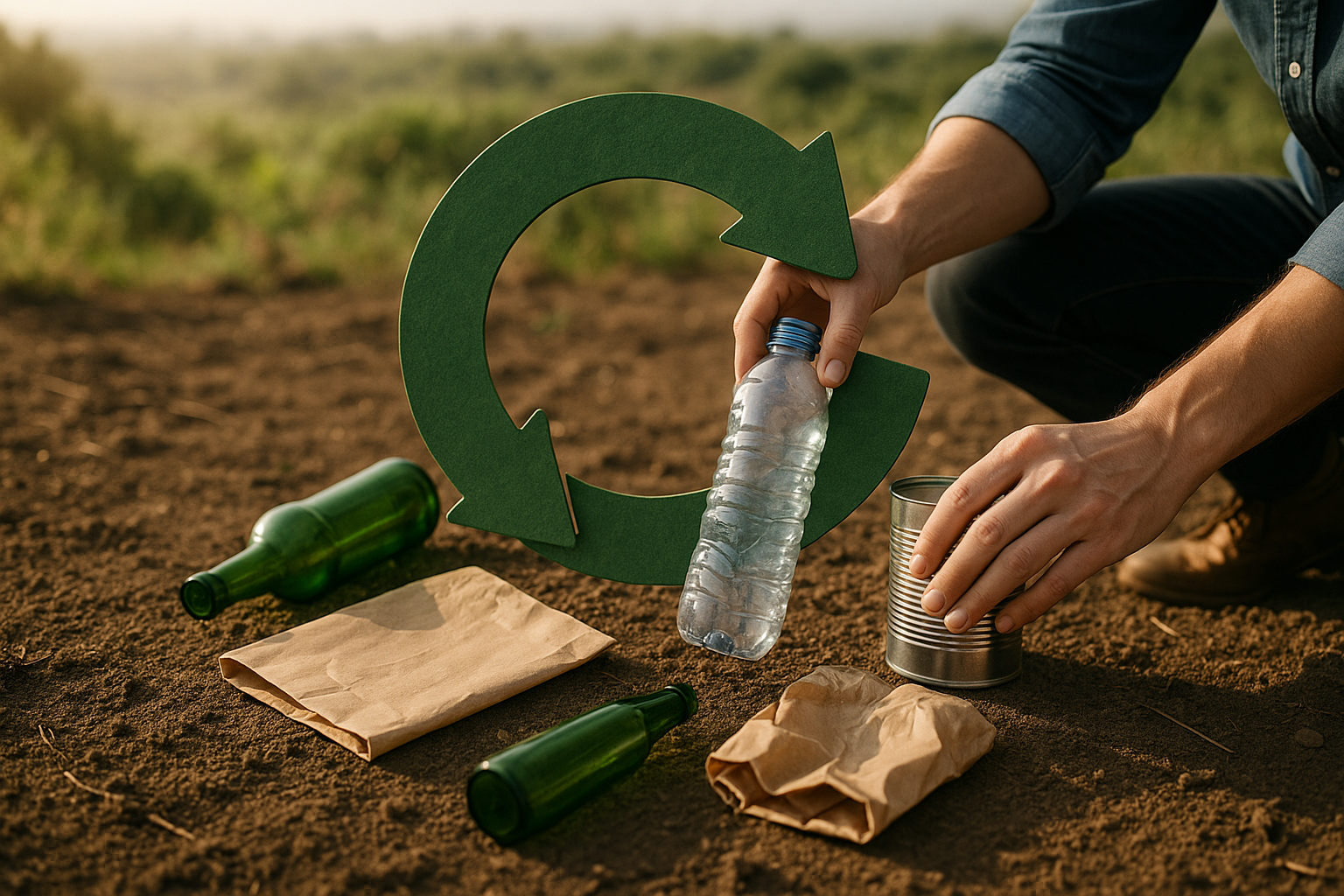Questions to ask when selecting removal and recycling partners
Choosing the right removal and recycling partners can shape the outcome of a decluttering or estate cleanout. This brief overview highlights key questions to evaluate providers’ removal, recycling, donation and logistics capabilities so you can make informed choices about furniture, ewaste, hazardous items and sustainability goals.

Selecting removal and recycling partners affects every stage of a decluttering, cleanout or estate project. Asking clear, practical questions helps you understand how a provider manages logistics, inventory and responsible disposal so you can downsize, stage, or clear a property with minimal risk. This article outlines focused queries to assess recycling, donation pathways, handling of furniture and ewaste, hazardous-material protocols, and overall sustainability practices.
How do they manage decluttering and cleanout processes?
Start by asking how the company approaches a full cleanout or staged downsize. Reliable partners should explain whether they provide an on-site inventory, item-by-item assessment, sorting for donation or recycling, and options for staged removal to support staging. Clarify timelines, crew size, and whether they offer valuation or segregation services for estate items so you can prioritise what to keep, donate, recycle, or discard.
What removal logistics do they provide for furniture and loads?
Discuss the logistics of moving bulky furniture and multiple loads. Ask about vehicle types, manpower, scheduling flexibility, and insurance coverage for accidental damage during removal. Understand how they coordinate access in tight or multi-storey properties and whether they subcontract transport. A clear logistics plan reduces surprises and ensures efficient removal without unnecessary delays or extra calls to local services for supplementary help.
How is inventory and estate handling documented?
Ask how the provider documents inventory for estates and larger cleanouts. Good partners will offer itemised lists or digital records that note condition, estimated value, and whether items are earmarked for donation, recycling, resale, or disposal. Detailed documentation supports estate settlements, insurance claims, and transparency when working with executors or family members who need clear records during sensitive cleanout operations.
How do they handle ewaste, hazardous materials, and landfill diversion?
Clients should question how providers manage electronic waste and potentially hazardous materials. Confirm whether the company is certified or follows local regulations for ewaste, batteries, paint, chemicals, and asbestos-containing materials, and whether they segregate hazardous items from general waste to avoid landfill contamination. Ask for protocols, disposal receipts, and partnership details that show compliance with environmental and safety standards.
What recycling and donation partnerships are in place?
Inquire about established relationships with recycling centres, charity organisations, and resale outlets. A partner with clear donation channels can reduce landfill use by redirecting usable goods to charities, while recycling partners handle materials like metal, glass, textiles and certain electronics. Ask how they assess suitability for donation, whether they provide donation receipts, and how they prioritise reuse versus disposal to support sustainability objectives.
Can they support downsizing, staging, and customised solutions?
Clarify whether the team offers tailored services for downsizing or staging a property, including temporary storage, selective removals to aid staging, or coordinated deliveries to second locations. Ask about flexible scheduling to align with estate timelines or real-estate viewings and whether they can stage items back after cleaning. Understanding bespoke options helps when balancing quick clearouts with the need to present a property for sale.
Conclusion
Preparing a concise set of questions before engaging removal and recycling partners will help you assess operational reliability, compliance with ewaste and hazardous-material rules, and commitment to recycling and donation pathways. Clear answers about logistics, inventory documentation, and partner networks make it easier to downsize, stage, or complete an estate cleanout while reducing unnecessary landfill use and supporting more sustainable outcomes.






